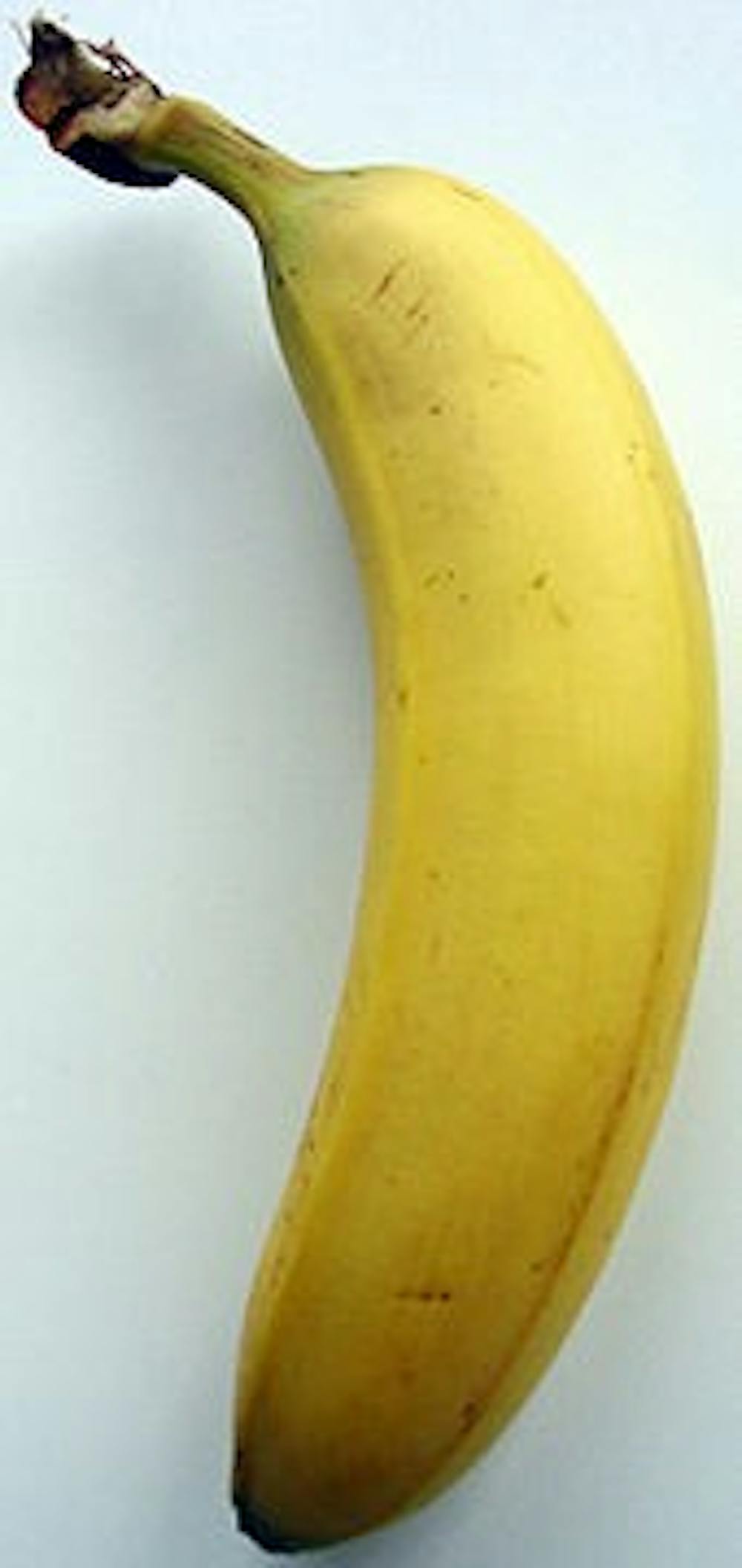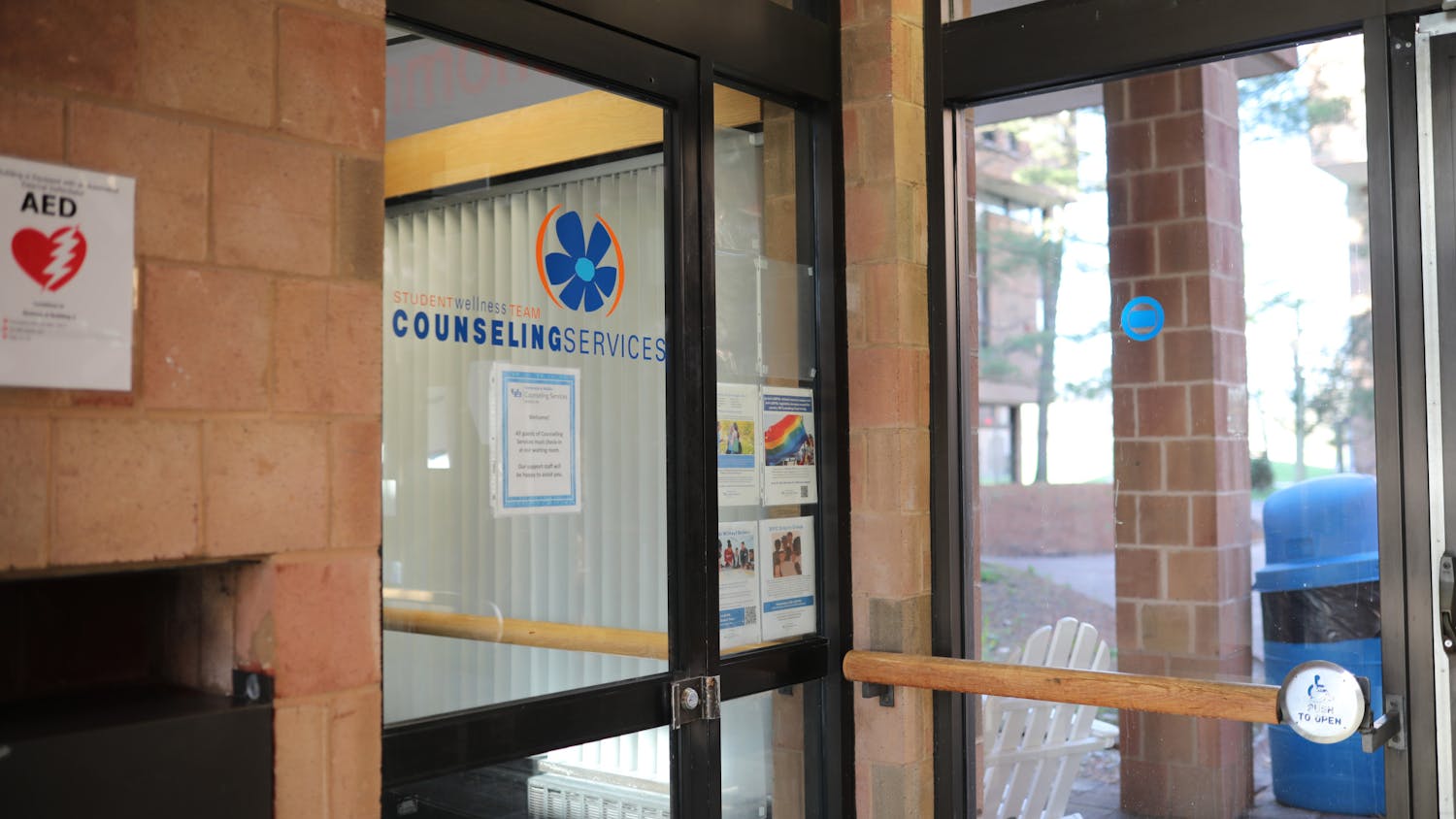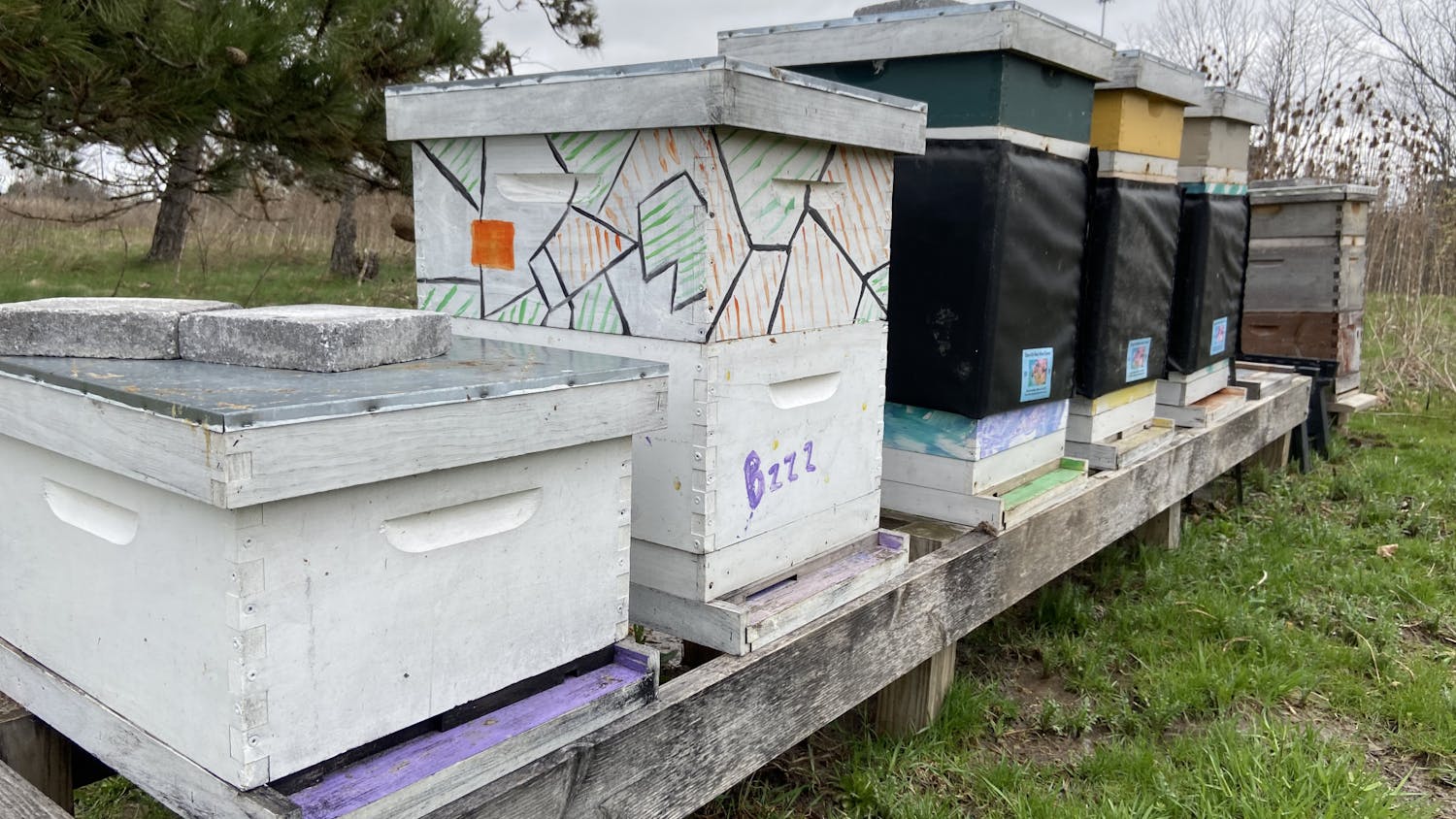A banana: in truth it’s just an unfortunately shaped fruit, but because of the way it’s shaped some consider it to be a food that causes sexual arousal. The scientific term for a food that causes an increase in libido is “aphrodisiac.” Most people think that bananas are an aphrodisiac because their shape might cause a weird portion of those who eat them to become aroused.
Although it kind of makes sense to call a banana an aphrodisiac because of it’s shape, the shape isn’t what makes a banana an aphrodisiac at all.
The science behind what aphrodisiacs are and how they work is more complicated than that.
Aphrodisiacs in general
As complicated as aphrodisiacs can be to understand, Ken Melvoin-Berg, a science-based sexual educator, makes them sound simple.
“[An aphrodisiac] is food, a drink, or a drug that would increase your libido,” said Melvoin-Berg.
According to him, some common kinds of aphrodisiacs would include things like crushed red pepper, alcohol and cannabis.
As simple as this explanation seems, aphrodisiacs can be a little confusing to fully understand. This confusion lies in their function. Aphrodisiacs increase libido but don’t directly cause a sexual physical reaction.
“[An aphrodisiac is] sort of warming you up to the idea of whatever turns you on as opposed to acting like Viagra, which just forces a physical reaction,” said Melvoin-Berg
Aphrodisiacs are more about the mental aspect of sexuality than they are about the physical. Despite college being an inherently sexual place where students explore their orientation and each other’s bodies, and aphrodisiacs heightening sexuality, some college students don’t know what aphrodisiacs are.
Aphrodisiacs at college
“I’ve heard the word before but I’m not really sure what it means,” said Sara White*, an undecided sophomore.
Although some college students don’t know what an aphrodisiac is, others have a pretty good idea.
“An aphrodisiac is a chemical substance that when your body reacts to it, it releases chemicals like oxytocin that make you a little . . . excited. It gets you in the mood,” said Mustafa Hussain, a senior psychology major.
Regardless of how much or how little college students know about aphrodisiacs, Melvoin-Berg doesn’t believe that aphrodisiacs are that important to the sex lives of college students.
“I would say there’s really no need for a college student to use an aphrodisiac,” said Melvoin-Berg. “Aphrodisiacs were originally designed for people that had problems with intimacy issues or psychological stress. Most college-age kids don’t have that.”
Melvoin-Berg brings up a good point, but aphrodisiacs still seem to have a place at college whether students need them or not.
Alcohol as an aphrodisiac
According to Melvoin-Berg, the only “true” aphrodisiacs—meaning aphrodisiacs that will increase libido in every single human being on the planet who uses them regardless of race, gender or other factors—are cannabis, crushed red pepper and something that almost every college student drinks on the weekends.
Alcohol.
Alcohol is arguably just as much a part of college as sex is. The two are often combined with each other on Friday nights throughout the semester. According to NIH’s website, the National Institute on Alcohol Abuse and Alcoholism, four out of five college students drink alcohol.
Although Melvoin-Berg doesn’t believe college kids would necessarily need to use an aphrodisiac to get intimate, some students believe that this aphrodisiac in particular is a big part of sex at college.
“[Alcohol] shouldn’t play a role in how people like interact sexually and stuff, but I think it can sometimes,” said White. “Especially at college because some people are still awkward about sex, and alcohol can make that interaction feel a little less awkward.”
Hussain added that most college students use alcohol in their sex lives because it lowers inhibitions and makes people more open with each other. But he also warned that some people might use this aphrodisiac for more selfish reasons.
“Yes, there are people out there that drink for the pleasure of it,” said Hussain. “But there are also people out there who use it as a tool. And those people are tools. If it’s not used properly . . . it can be very dangerous.”
According to Melvoin-Berg, alcohol works best as an aphrodisiac when it is used in moderation. He added that overdrinking can actually cause sexual performance problems, especially in men.
Besides drinking in moderation, the other part that Melvoin-berg thinks is important when using alcohol as an aphrodisiac is finding a drink that goes down easier than others.
“The effectiveness is the same, no matter what type of alcohol you’re drinking. It’s just that you’re more likely to drink an alcohol you like.”
This same concept plays into aphrodisiacs as a whole.
Aphrodisiacs for individuals
As mentioned before, the only “true” aphrodisiacs out there are cannabis, alcohol, and crushed red pepper. But going onto the Internet one will find a massive amount of different articles on so-called aphrodisiacs.
From the banana, to rose petals, to an aphrodisiac called Spanish Fly which is made from a beetle’s dung and can kill those who use it, the search results are pretty much endless when it comes to aphrodisiacs.
Melvoin-berg blames this overload of info on the fact that some foods can be aphrodisiacs for an individual but not an aphrodisiac for the human population as a whole.
“Personal biochemistry can be reflected in people’s favorite foods,” said Melvoin-berg. “If your body craves something as a result of a deficiency in a certain vitamin or mineral, satisfying that craving can causes personal arousal. This makes some foods personal aphrodisiacs for an individual based on their body’s biochemistry. But just because a particular food might turn you on doesn’t mean it would work for someone else. It’s subjective to the individual and how their body is made.”
So if bananas cause an increase in libido it’s probably not because they look sort of like a penis. It’s more likely that the person eating them for pleasure’s sake has a potassium deficiency. The body of said person craves bananas because they’re high in potassium and satisfying said craving causes an increase in libido.
With personal aphrodisiac like the banana it’s less about the phallic look and more about the biochemical science.
Human sexuality is complicated.
John Jacobs is the assistant features editor and can be reached at john.jacobs@ubspectrum.com.





